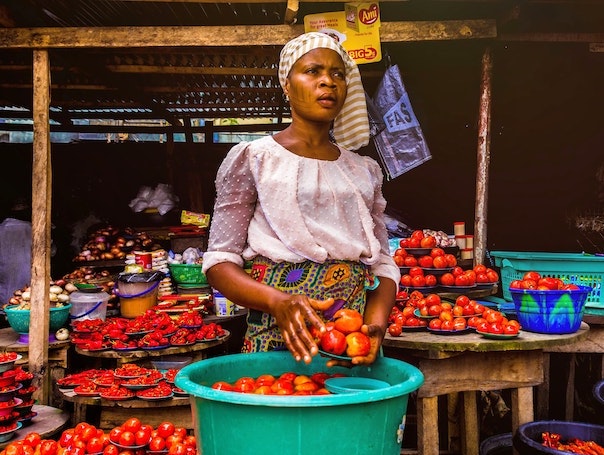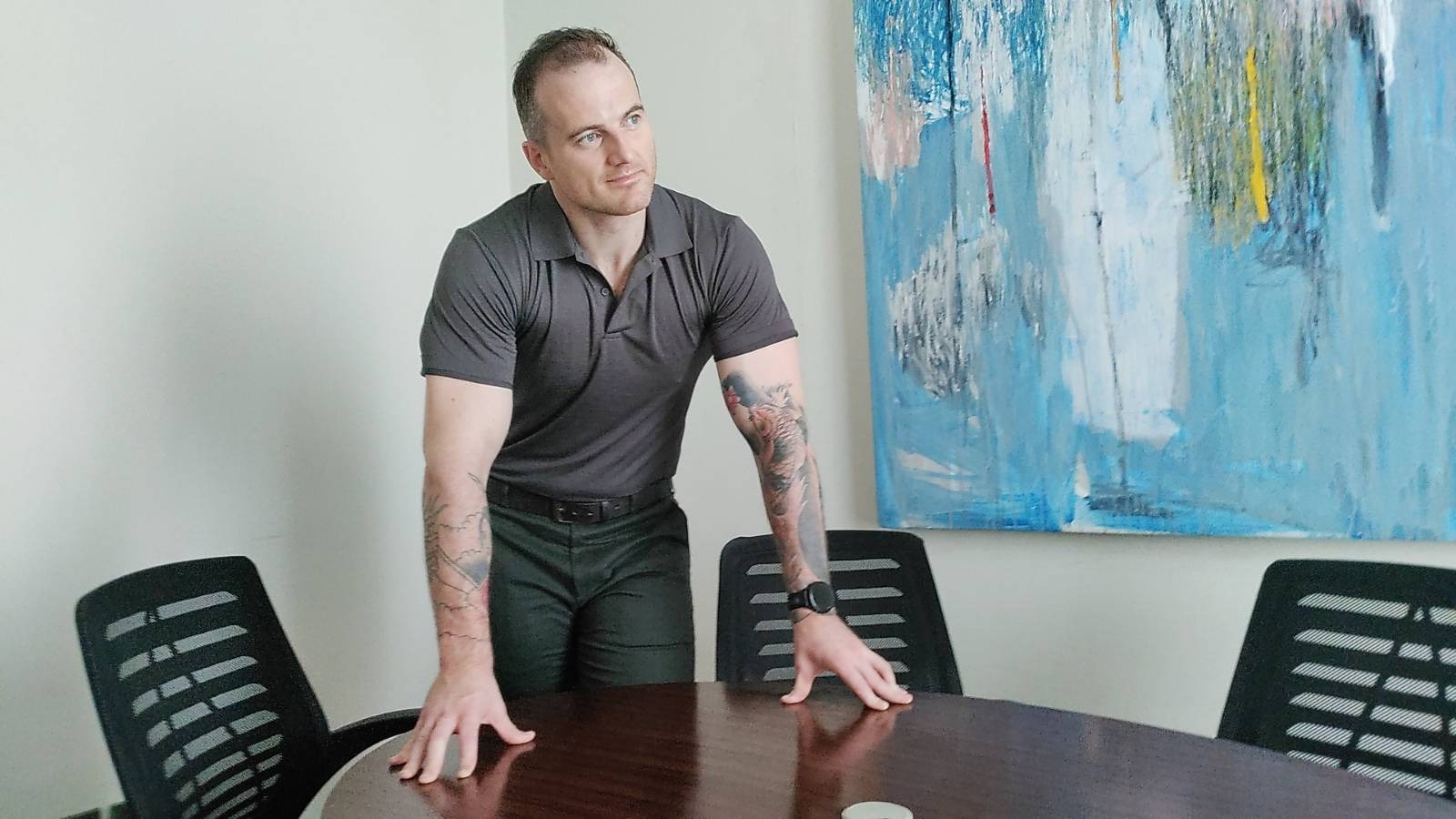
There has been much activity in the Blockchain space over the last five years, with recent rapid acceleration in the decentralized finance (DeFi) space. We are at the cusp of a revolution of traditional financial systems, and the opportunity to drive this revolution is in developing markets rather than established developed markets.
Developed markets have been laggards when driving real innovation in the traditional finance space. This innovation, which is now shifting to DeFi, has massive opportunities in developing markets. In many developing countries, traditional banking systems and financial infrastructure often need to be improved or improved.

Leapfrogging development
However, this lack of infrastructure has led to the development of innovative financial technology (fintech) solutions that have enabled people in these countries to access financial services through their mobile phones. This phenomenon, known as “leapfrogging,” has allowed developing markets to bypass traditional banking systems and financial infrastructure and instead adopt new technologies that are more accessible and efficient.
One of the most notable examples of this leapfrogging is the rise of mobile money platforms in Africa, such as M-Pesa in Kenya. M-Pesa, which was launched in 2007, allows users to send and receive money, pay bills, and access other financial services through their mobile phones.
The platform has been incredibly successful in Kenya, with over 30 million users. It has since been expanded to other countries in Africa and beyond. One of the critical reasons for the success of M-Pesa and other mobile money platforms in Africa is the high penetration of mobile phones in the region.
According to the GSMA, there are over 600 million mobile connections in Africa, which is expected to reach one billion by 2025. This high penetration of mobile phones has allowed fintech companies to get large numbers of people who were previously unbanked or underbanked. Another reason for the success of mobile money platforms in Africa is the need for more traditional banking infrastructure in the region.

Many people in Africa need access to traditional banking services, such as bank accounts and credit cards. This has made it difficult for them to participate in the formal economy and has limited their ability to access financial services.
Mobile money platforms have provided an alternative way for people in Africa to access financial services and have helped to increase financial inclusion in the region. Mobile money platforms have also positively impacted the economies of the countries where they have been adopted.
According to a study by the Bill and Melinda Gates Foundation, M-Pesa has increased economic activity in Kenya by 6.5%. This has been achieved through increased access to financial services, which has led to more businesses being started and more jobs being created.
The success of mobile money platforms in Africa has been noticed, and there are now similar platforms in other developing countries, such as bKash in Bangladesh and GCash in the Philippines. These platforms have also been successful in increasing financial inclusion and driving economic growth in their respective countries.
Decentralized finance, or DeFi for short, is a rapidly growing area in the blockchain and cryptocurrency space focused on creating decentralised and open-source financial products and services accessible to anyone with an internet connection.
Decentralized networks
Unlike traditional finance, which is controlled by centralized institutions such as banks, DeFi is built on decentralized networks, such as blockchain, and is powered by smart contracts. This new financial system has the potential to revolutionize the way we access and use financial services and could have a significant impact on the traditional financial system.
One of the critical features of DeFi is the use of smart contracts. Smart contracts are self-executing contracts with the terms of the agreement between buyer and seller being directly written into lines of code.
They are stored on a blockchain and can be automatically executed when certain conditions are met. This allows for the creation of trustless financial products and services, as the code and the blockchain can be used to enforce the terms of the contract. This can significantly reduce the need for intermediaries, such as banks, and can make financial services more accessible to everyone.

Tokenization
Another vital aspect of DeFi is tokenization. Tokenization is the process of creating digital tokens that represent assets, such as stocks, real estate, and even artwork. These tokens can be traded on decentralised exchanges and can be used to create new financial products and services.
For example, tokenized assets can be used as collateral for loans, or they can be used to create new investment opportunities. Tokenization also has the potential to significantly increase the liquidity of assets, making it easier for people to buy and sell assets.
One of the most popular use cases for DeFi is lending and borrowing. Meanwhile, decentralized lending platforms allow individuals to lend and borrow assets without the need for intermediaries. These platforms use smart contracts and tokenization to create a trustless and accessible lending market.
For example, instead of having to go through a bank to get a loan, individuals can borrow directly from other individuals on a decentralized lending platform. This can significantly increase the accessibility and affordability of loans.
Another critical aspect of DeFi is the creation of decentralized insurance. Decentralized insurance platforms allow individuals to create and purchase insurance policies on a blockchain.
These policies can be tailored to the specific needs of the individual and can be purchased directly from other individuals. This can significantly reduce the costs of insurance and increase its accessibility.
Despite the many benefits of DeFi, there are also challenges that need to be addressed. One of the biggest challenges is regulation.
Regulations
Currently, there needs to be more clarity regarding the regulatory status of DeFi and its products and services. This has led to uncertainty in the market and has limited the growth of DeFi. However, as DeFi becomes more mainstream, it is likely that regulators will develop more specific guidelines for the industry.
When focusing specifically on developing markets, Nigeria, which is the largest crypto market in Africa, has embraced it from a regulatory perspective, with Nigeria’s markets regulator recently publishing rules on crypto assets that seek to find a balance between regulation and access.
Regulators that seek to ban DeFi will be overtaken by jurisdictions that are more open-minded and willing to find the right balance between protecting customers and allowing users access to innovative platforms.
Security
Another challenge is security.
As with any new technology, there is always the risk of hacking and fraud. Decentralized platforms are not immune to these risks, and it is essential that they are designed with security in mind. This includes the use of secure smart contracts, the implementation of robust security protocols, and the use of secure wallets for storing assets.
Despite these challenges, the future of DeFi is going to accelerate rapidly. The landscape for blockchain-focused startups, despite a rough 2022, has never looked brighter.
The growth of DeFi has been rapid, and it will continue to grow in the future. As more people become aware of DeFi and its benefits, it is expected that more will adopt it. This could lead to the creation of a more decentralised and accessible financial system, which could have a significant impact on the traditional financial system.
For the innovators and builders, cast your eyes on developing markets. That’s where the real pot of gold lies.





